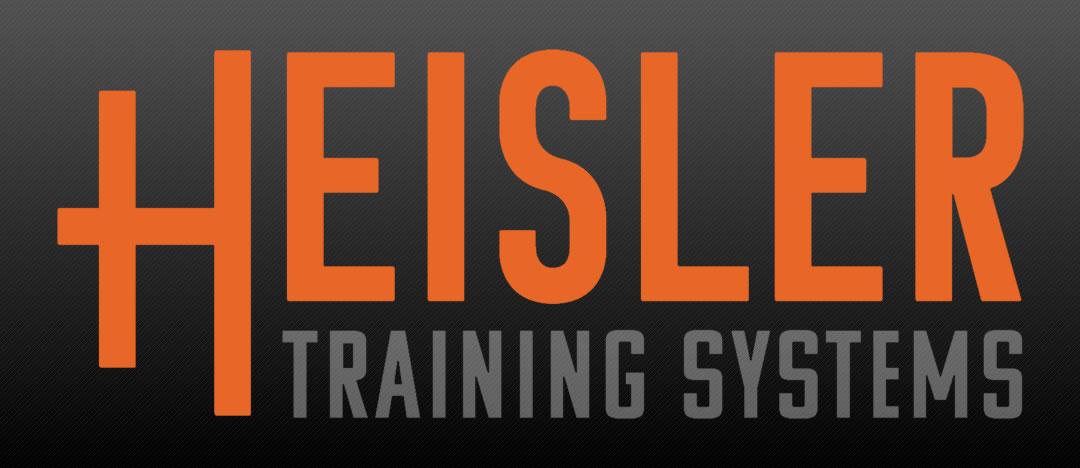
I spent the summer with some shoulder pain that I tried to fix with some soft tissue work to my chest and some extra horizontal pulling work (rows, lots of rows). It helped to an extent but it wasn’t enough to get me feeling the way I wanted to feel.
I could either stop benching, continue pushing through pain until something catastrophic happened or I could look into correcting my technique and introduce some shoulder friendly variation.
My set-up was lacking a stable base to push off of. I learned how to create tension in my upper back by pulling my shoulder blades back and down (think of pulling the shoulder blades into your back pockets) immediately after gripping the bar. I would lay back, grip the bar, pull the shoulder blades into position and think of breaking the bar in half with my hands for some added tension. If you get this right, you should be able to squeeze a golf ball into your armpits. That is the kind of tension you are after. This creates a stable base to push off of which should help you avoid shoulder problems and help you build that bench.
You might need to take some weight off the bar (oh, the horror) to learn how to set up and execute this way, but it will pay off in the long run.
I scrapped the traditional bench press and set out to find some shoulder friendly variations that would allow me to improve technique while moving some weight.
The reverse band bench press, pictured above, has become my favorite variation. Due to the bands stretch at the bottom, the weight is essentially reduced at the exact angle where I was having some shoulder pain. As I press the bar up, the barbell gets heavier due to the band returning to its resting length. I can overload the lift at the top, where I am strongest and decrease the tension at the bottom where I was feeling some pain. Win friggin win.
I also started digging through some articles written by powerlifters and decided to start changing up the way I would grip the bar each week. I would use a regular grip during week 1, a close grip during week 2 and a slightly wider grip week 3 and return to a regular grip week 4. Constantly rotating grips prevents you from stressing the joint at the exact same angle each week, which will help prevent wear and tear. This can also be accomplished by switching up the angles, such as using a flat bench one week and an incline bench the next or by swapping the barbell for dumbbells.
As we enter 2020, my bench isn’t quite where I want it to be but I can continue to work on it without risking a shoulder blow out or a torn pec. Both would suck. I did not want to believe it was a technical issue, I mean how on earth could I, the ultimate performance trainer, have to work on technique?? In the end, the ego check was just what I needed.
Master the technique. Lift heavy and with intent. But, always, always listen to your body.
|



